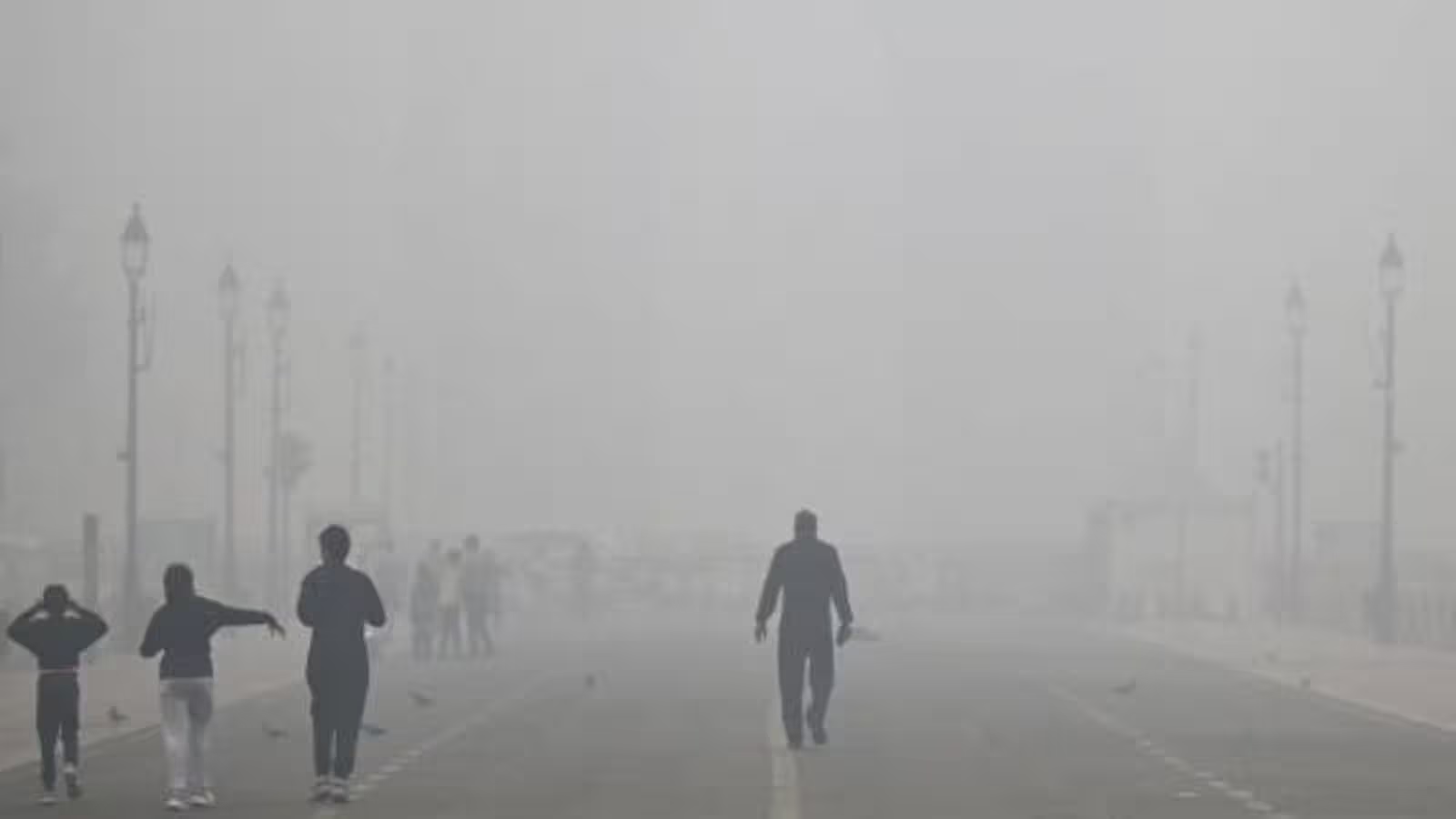4 Minutes
Rising Lung Cancer Rates in Non-Smokers: Investigating the Role of Air Pollution
Globally, lung cancer incidence among individuals who have never smoked is steadily increasing, raising questions about the environmental and genetic factors that may be fueling this troubling trend. Recent research published by an international consortium of scientists provides compelling evidence that air pollution—specifically outdoor smog and fine particulate matter—may be closely associated with DNA mutations implicated in the development of lung cancer among non-smokers.
Traditionally, cigarette smoking has been the dominant known cause of lung cancer, but it is now estimated that in the United States alone, 10 to 20 percent of lung cancer diagnoses occur in people who are lifelong non-smokers or those with minimal tobacco exposure. This shift has intensified scientific efforts to identify additional triggers, with ambient air pollution emerging as a major suspect due to its well-documented carcinogenic qualities.
The Science Behind Air Pollution and Genetic Mutations
The latest findings come from a large-scale genomic study that analyzed the lung tumor DNA of 871 non-smoking lung cancer patients from four continents. Led by researchers at the University of California San Diego and the US National Cancer Institute, the study compared these patients’ tumor profiles to those of 345 smokers. The investigation focused on identifying known and novel DNA mutational signatures, specifically SBS4—a mutation pattern previously recognized as a hallmark of tobacco-induced cancers.
Key Mutational Drivers Identified
Individuals living in highly polluted regions were found to be almost four times more likely to harbor the SBS4 mutation signature in their lung tumors compared to counterparts from areas with cleaner air. These patients also frequently exhibited genetic alterations in critical genes such as TP53 and EGFR, both heavily implicated in lung cancer development and progression. Notably, shortened telomeres—genetic structures associated with aging and cellular instability—were also observed more often in patients from polluted environments.
Distinguishing Air Pollution from Other Risk Factors
While exposure to secondhand tobacco smoke is a recognized cancer risk, the genomic data revealed only a modest increase in the relevant mutational signatures among those exposed. "If there is a mutagenic effect of secondhand smoke, it may be too weak for our current tools to detect," explained Dr. Tongwu Zhang, a geneticist at the US National Cancer Institute. In contrast, DNA from individuals exposed to ambient air pollution displayed similar mutation profiles to those seen in smokers, strengthening the case for particulate matter as a potent genomic disruptor.
Uncovering New Environmental and Genetic Links
One of the most notable discoveries was the identification of a previously unreported mutational signature, designated as SBS40a. This pattern appeared in nearly 28 percent of lung cancer cases among non-smokers but was absent in tobacco smokers, suggesting a novel mutational pathway. The origin of SBS40a remains a mystery, prompting further investigation into underlying causes that may go beyond environmental exposure.
"We see it in a majority of cases in this study, but we don't yet know what's driving it. This opens up a whole new area of investigation," reported study co-author Dr. Ludmil Alexandrov, a biomolecular scientist at UC San Diego.
Limitations and Considerations
While the study relies on regional air pollution data rather than precise individual exposure histories, and self-reported smoking status may be imperfect, the strong associations discovered echo findings from prior epidemiological and animal model research. Some studies have even drawn parallels between daily exposure to highly polluted air and smoking a full pack of cigarettes, underscoring the hidden dangers of urban living for lung health.
Implications for Public Health and Future Research
Given air pollution’s global reach and the increasing urbanization of populations, these results have significant implications for cancer prevention and healthcare planning. The findings support growing calls for stricter air quality regulations and continuous monitoring of particulate matter as an actionable cancer risk factor.
"This is an urgent and expanding global health problem that demands our understanding, especially for the growing number of lung cancer cases among never-smokers," emphasized epidemiologist Dr. Maria Teresa Landi of the National Cancer Institute. The research team is now seeking to widen the analysis to more diverse and globally representative patient populations to further unravel the connections between environment, genomics, and cancer risk.
Conclusion
This pioneering genomic research strengthens the link between air pollution exposure and genetic mutations associated with lung cancer in non-smokers, providing new insights into disease mechanisms beyond traditional risk factors. The strong association of specific DNA mutations with particulate matter exposure highlights the urgency of tackling air pollution not just for cardiovascular or respiratory health, but as a pivotal component in cancer prevention strategies worldwide. As science continues to peel back the molecular layers behind lung cancer, understanding the environmental triggers promises to inform both public policy and future therapeutic approaches.
Source: doi



Comments